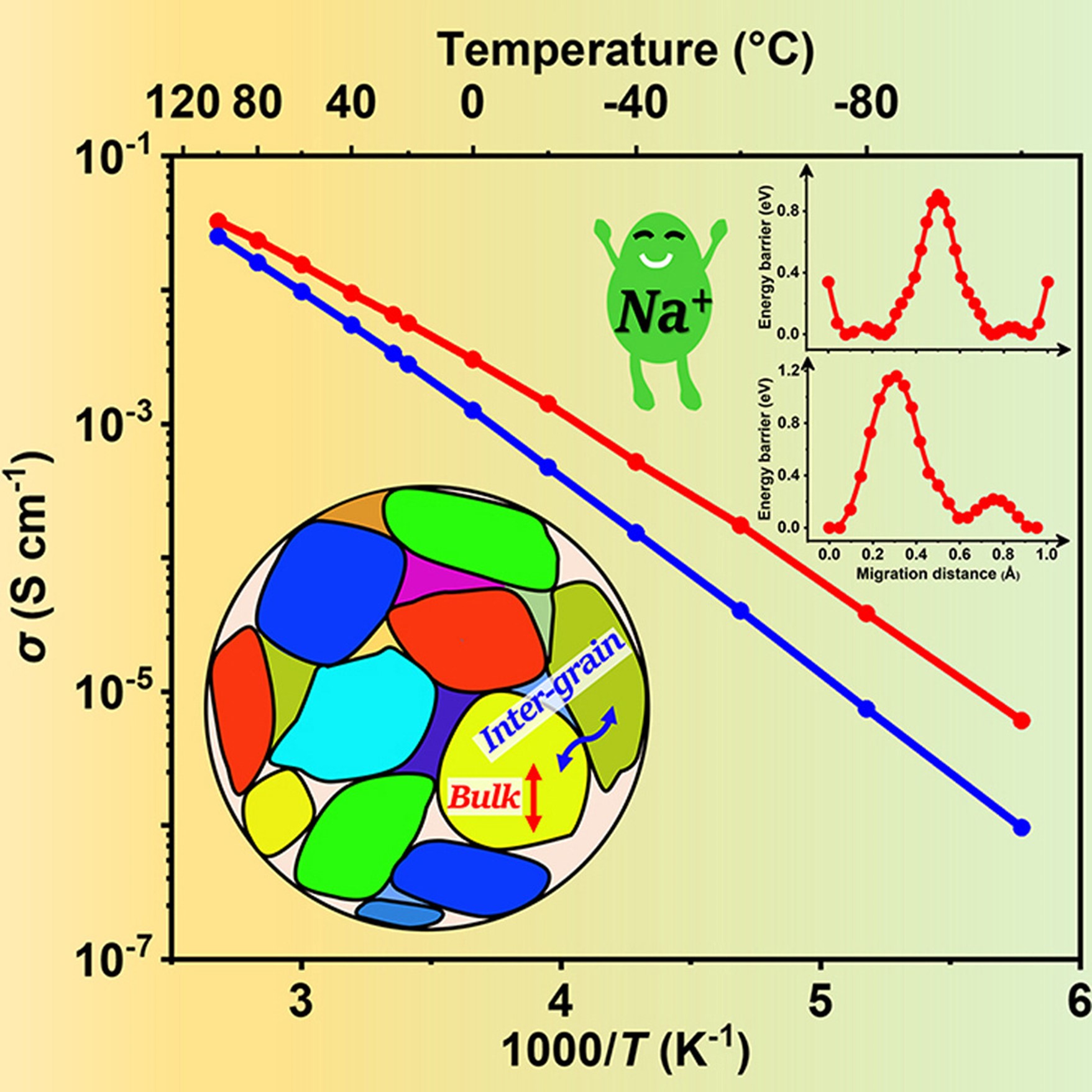Assistant professor Yue Zhou of South Dakota State University’s Department of Electrical Engineering and Computer Science is developing materials that will increase the capacity and energy density of the lithium-ion batteries that power these devices.
The research, which began in August 2018, is supported by more than $150,000 in funding from the South Dakota Board of Regents. Two doctoral students are also working on the project.
“Because renewable energy generation fluctuates depending on the time of day and the weather, high-density energy storage devices are also important for the wind and solar energy industries,” said Zhou, whose expertise is in energy storage and nanocomposite manufacturing. In South Dakota, for instance, more than 30% of electricity comes from wind energy.
A traditional lithium-ion battery consists of two electrodes—a cathode and an anode—an electrolyte and a separator. When the battery is charged, lithium ions generated from the cathode move through a separator moistened by an electrolyte, to the anode. The electrolyte enables ion movement and the separator prevents contact between the cathode and anode. When the battery is discharged, the process is reversed.
Using lithium metal in place of graphite as the anode material can increase the battery’s energy storage capacity. However, over time, the lithium foil tends to form needle-like dendrites. These tiny metal particles can pierce the separator, causing a short circuit, Zhou explained. “The electrolyte solvent is flammable so if it short-circuits, it will catch on fire.”
Applying protective coating
One of the factors contributing to dendrite formation is that the lithium metal is not uniformly deposited on the anode. To overcome this, Zhou and doctoral student Ke Chen applied an additional coating to protect the lithium metal anode and thereby prevent dendrite formation.
The researchers used plasma processing to deposit a thin coating on the anode. The process, which takes less than five minutes, uniformly distributes a protective layer of lithium nitride between the anode and the separator. “This artificial layer can stop or limit dendrite growth,” he explained.
In addition, this layer results in high ionic conductivity and high mechanical strength. The flower-shaped lithium nitride layer, which fully covers the anode, has a capacity retention of more than 96% after 100 cycles in a full cell with lithium cobalt oxide as the cathode.
“The ions go through faster and improve the chemical performance of the cells,” Zhou said. Furthermore, the lithium nitride layer remains stable for 500 hours. Results were published in the February 2019 issue of Energy Storage Materials.
Developing interfacial layer
Zhou and his doctoral student Rajesh Pathak also combined graphite and silicon oxide to make an ultrathin film that prevents dendrite growth and enhances ion transport. This creates an artificial interfacial layer between the electrolyte and the lithium metal electrode.
The researchers used radio frequency sputtering to apply the graphite and silicon oxide layers to the lithium metal surface. “We use the synergistic effect of these layers,” Zhou said. The researchers found a 20-nanometer-thick layer of silicon oxide on top of a 20-nanometer-thick layer of graphite produced the optimum interfacial layer.
The resulting battery cells had higher capacity retention and higher charge/discharge capacity than those with anodes made of lithium metal alone. The study was published in the August 2019 issue of Advanced Energy Materials.
Based on this work, Zhou and his team plan to incorporate inorganic nanofibers into the polymer matrix to develop a solid electrolyte that will replace the separator.
“Typically, solid electrolytes have lower conductivity,” Zhou explained. However, the nanofibers will create a vast network of channels that will further facilitate ion transport. In addition, the nanofibers are like a binder, reinforcing the polymer to increase the mechanical strength of the solid electrolyte matrix.




